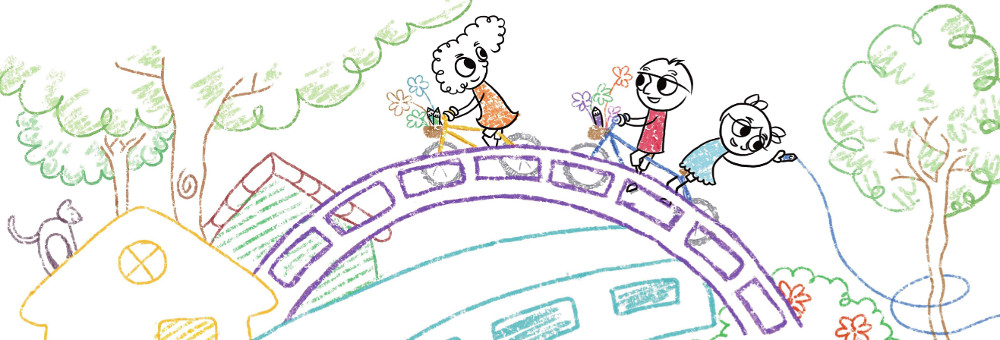Usability testing with kids is similar people to simplicity testing with adults. To get the most out of the sessions, and be sure the child is normally comfortable and happy, there are several differences that you must be aware of.
Stress of recent people and surroundings
Youngsters are far more very likely than adults to find coming across new spots and people tense. You should always bear in mind this, therefore try to find as many ways as possible to relax the child. Some things you might do are:
— Allow a large period of time – at least 10 minutes — to meet the child. This is crucial in placing them relaxed before beginning the session. Some easy what you should talk about may be computer games, cartoons, sports or perhaps school. Trying to make each of the equipment utilized during the practice session match what the child uses at home/school (phone up their parents/teachers beforehand to check). – Try to be as comforting and comforting as possible. It’s especially important to generate it obvious to the child that you want the views on the site and that you are not testing them. – Policy for the fact that younger children could prefer their particular parents to keep in the assessment room with them. Be sure that parents understand that they should stay out of the child’s line-of-sight and not support or distract them.
Asking for help
Youngsters are far more accustomed to asking for — and receiving — help than adults, so it is very important meant for the pemandu to:
– Clearly explain at the start of the test that you would like the child to work with the site independently – Make a maintained effort to deflect any such questioning throughout the session alone
Specific manners of disperse questions consist of:
— Answering a question with a issue (e. g. What do you think you should do now? ) — Re-stating you want the child to use the site by themselves – Asking the child to have one last g’ ahead of you will leave your site and go to something else
Children get tired, bored stiff and disappointed more easily
Children (especially of the younger ages) are less inclined – and/or in a position – to make use of themselves to a single activity for a prolonged period. Some ways to function around this will be:
– Limiting instruction to 1 hour or a lesser amount of. – Choosing short destroys during trainings if the kid becomes xe1o.us tired or irritable. – Making sure sessions cover the expected tasks/scenarios in a different order – this will likely make sure that similar scenarios are generally not always tested by exhausted children, who are less required to succeed/persevere. – Asking your child for support so as to provide them with motivation (e. g. requesting ‘Could you please understand for me the right way to… ‘, or by actually pretending never to be able find/do something around the site). — Keeping up a reliable stream of encouragement and positive responses (“You’re undertaking really well and telling us lots of useful things – it will genuinely help make the web page better. Continue the good work! “).
The importance of non-verbal tips
Children can’t often be relied upon to verbally articulate their thoughts/feelings, either because of their:
– Not being state enough — Being shy – Unwilling to say the wrong thing and displease the – Stating things they don’t consider just to you should the adult
This will make it particularly important that the user friendliness expert be sensitive to children’s non-verbal cues, just like:
— Sighs – Smiles – Frowns — Yawns — Fidgeting — Laughing — Swaying — Body perspective and good posture
Physical differences
A couple of very obvious — but very easily forgotten – differences which will need to be considered are:
– Chair and table settings — Make sure you own a chair/table setting that enables the child to comfortably utilize the equipment throughout the session. – Microphone positioning – Children tend to have quieter voices than adults, therefore microphones ought to be placed slightly nearer towards the participant than normal.
Levels of literacy and understanding
It is critical to ensure that a session’s person has an exact understanding of the scenario getting presented to them. A few ways to make this happen include:
– Requesting participants to re-phrase scenarios/goals in their very own words. — Asking individuals to replicate a circumstance (i. vitamin e. what they are planning to achieve) if the task went on for a long time and you think they may include forgotten this.
